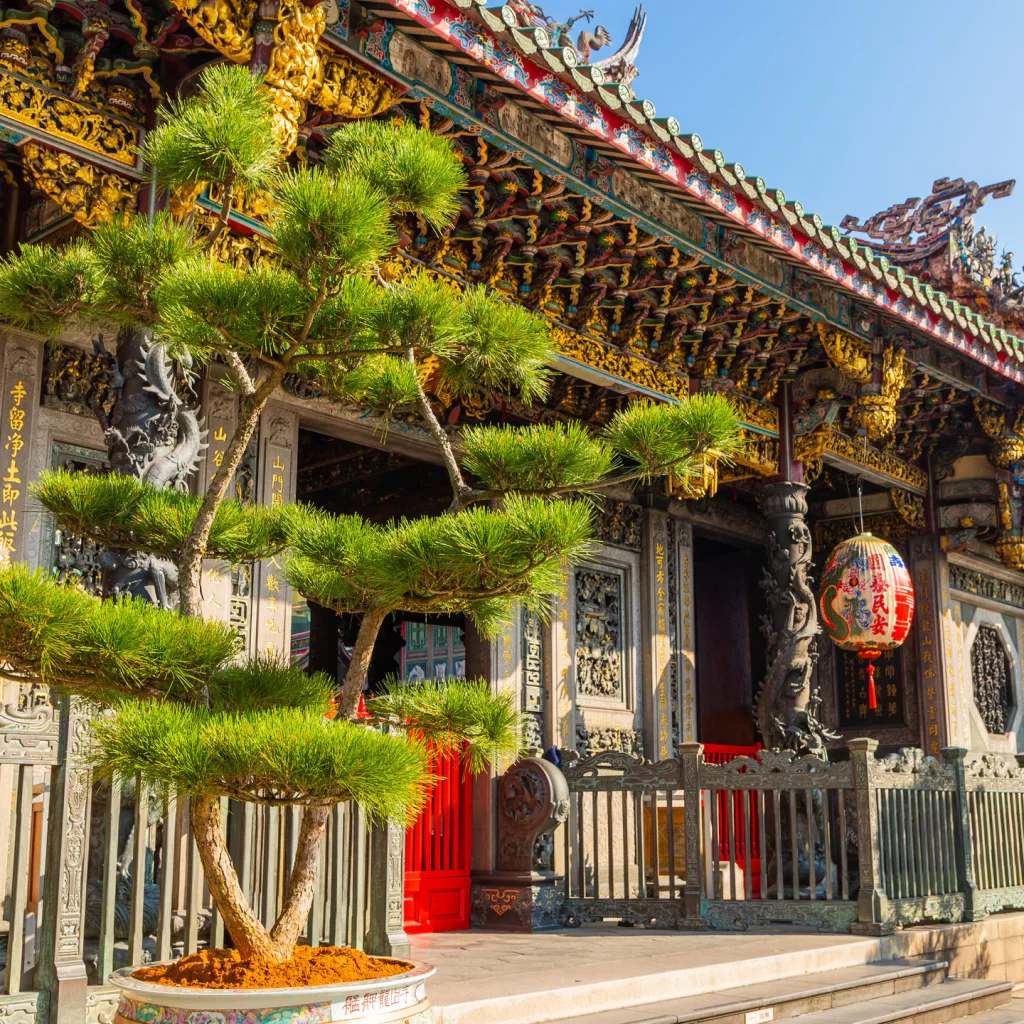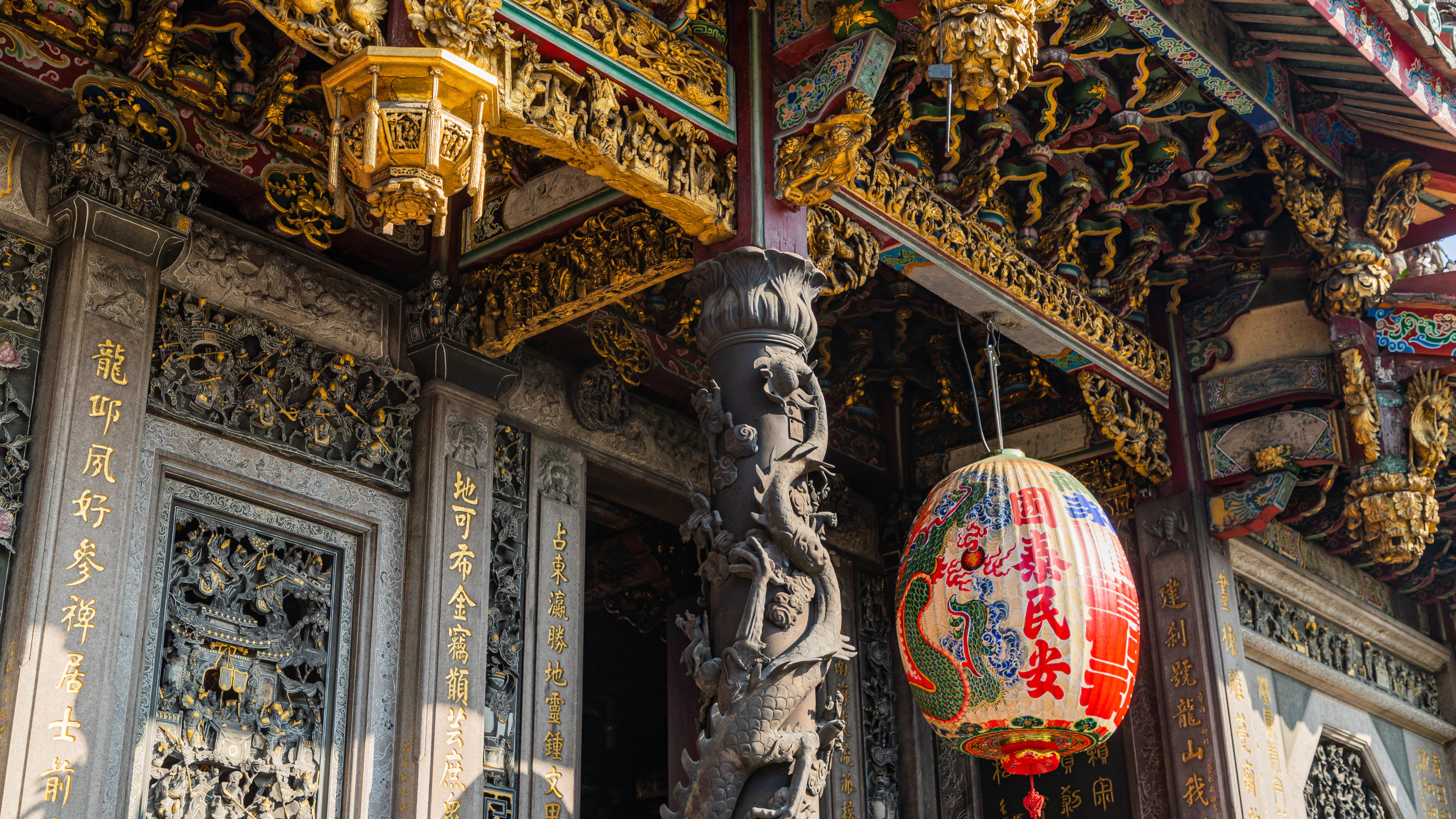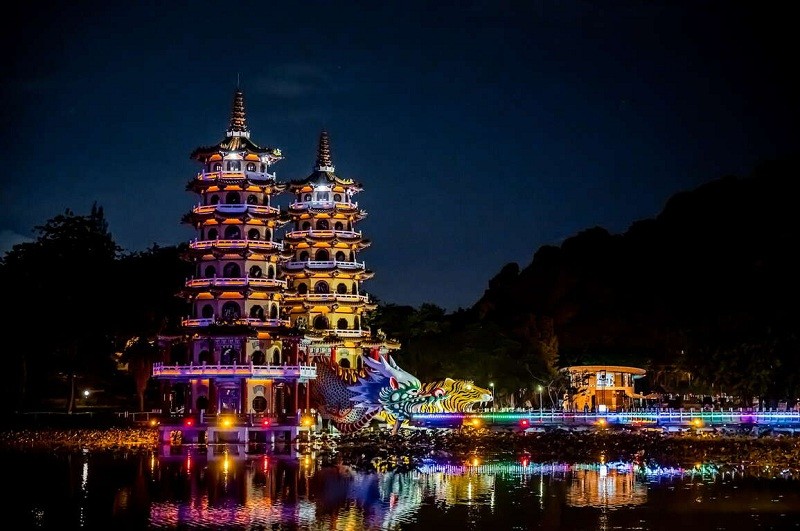Lugang | Taiwan
Two hundred years ago Lugang (often spelled ‘Lukang’) was Taiwan’s second-largest settlement. Every year, thousands of junks unloaded cloth and crockery in its harbour, then loaded up with rice and sugar for export to the Chinese mainland. The town’s merchants grew rich, endowed temples and founded schools.
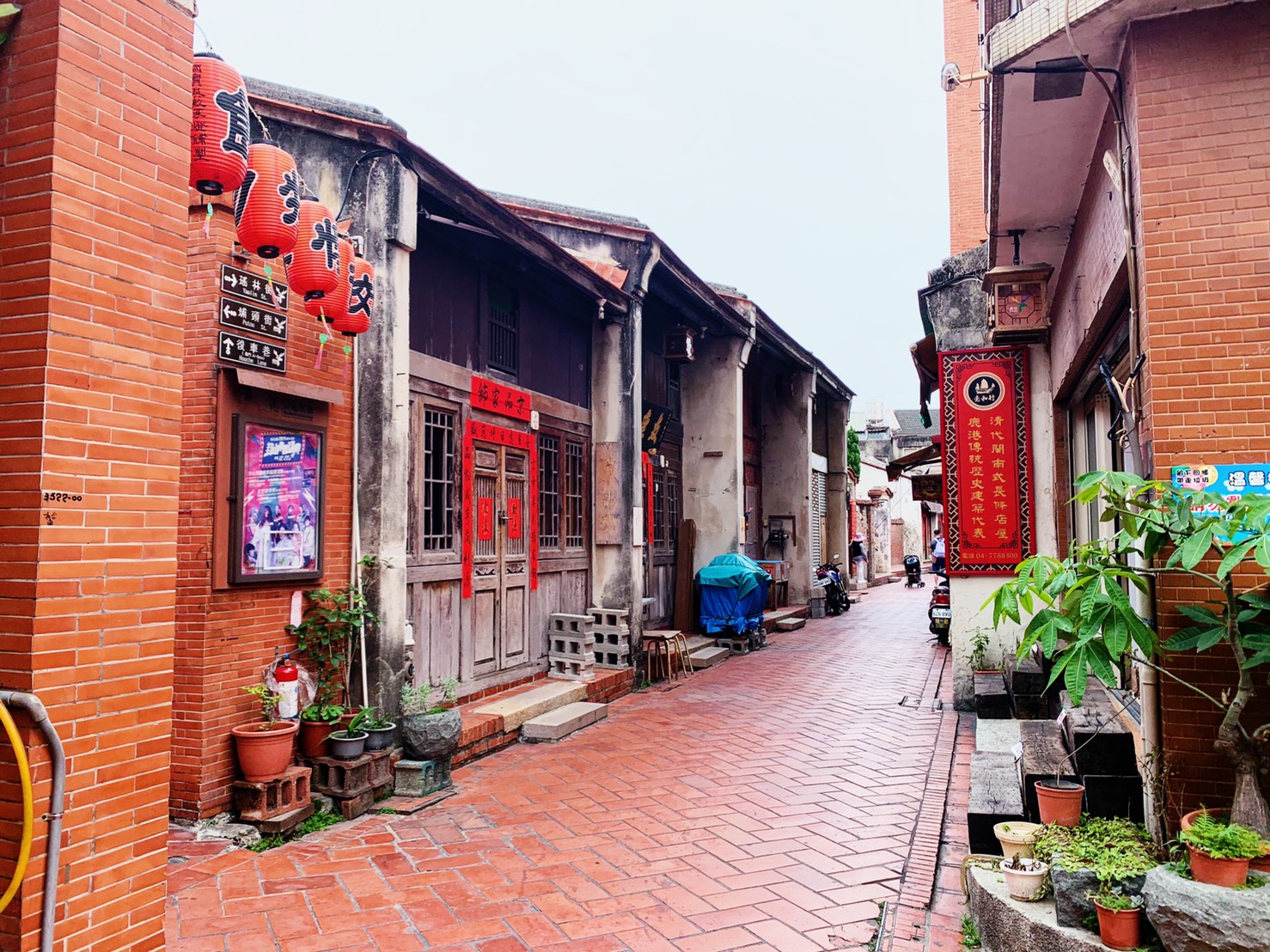
After silting closed the port, Lugang found itself overtaken by newer towns such as Taichung. There’s been little impetus for modernisation, so much of old Lugang has survived, to the delight of tourists.
Academies, mansions and museums
Ding Mansion is typical of the homes in which the town’s upper-class families lived in the late 19th century. Along with tasteful antique furniture, one of the clan’s most precious assets is displayed – an inscribed board bearing just two Chinese characters. They signify that one of the Dings passed the highest-level civil-service examination in the Qing Empire (which ruled Taiwan between 1684 and 1895), an achievement which brought the family huge prestige.
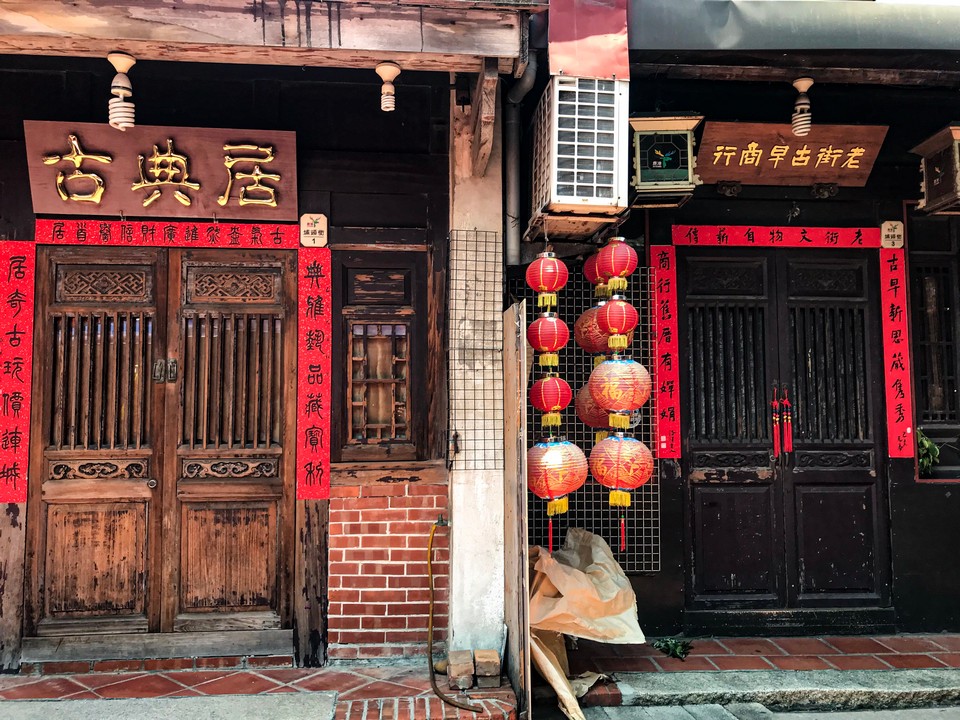
Lugang Folk Arts Museum is housed in another aristocratic residence, but one very different in architectural terms. Built during World War I by the Koo family – very important in Taiwan’s business circles even today – the museum exterior is French Baroque. Inside, you’ll find Koo heirlooms including traditional clothing and musical instruments.
Wandering through Lugang is always fun. The central part of the town has twisting alleyways overflowing with antiquity, plus workshops where prize-winning artisans paint lanterns, make delicate hand-held fans, and carve religious icons.
Breathtaking shrines
Lugang’s houses of worship are every bit as engrossing as those in Tainan, and are so close to each other they can be visited in a half-day walking tour.
Longshan Temple is the most famous, and for very good reasons. Not to be confused with a shrine of the same name in Taipei’s Wanhua, isn’t simply the oldest Buddhist house of worship in Taiwan. It’s widely considered one of the most sublime relics anywhere on the island. Sensitively restored after a major earthquake in 1999, this 99-door, five-entrance complex boasts a remarkable octagonal ceiling. Decorated so mischievous demons would think the temple is underwater (and thus safe from their fire-starting antics), it’s a superb piece of art converging on a dragon’s face. Amid the tourists you’ll see plenty of genuine worshipers, most noticeably black-robed women busily praying to Guanyin.

Lugang’s Tianhou Temple is as raucous as Longshan Temple is tranquil, and it may just be the oldest shrine on Taiwan’s main island. The object of veneration is Mazu, and one effigy of the sea goddess is said to have arrived here in the 1680s. If you prefer quieter places of worship, you’ll enjoy the Town God Temple. Local people occasionally ask the town god for help resolving cases of theft, as he has an impressive record when it comes to tracking down items stolen or lost.
